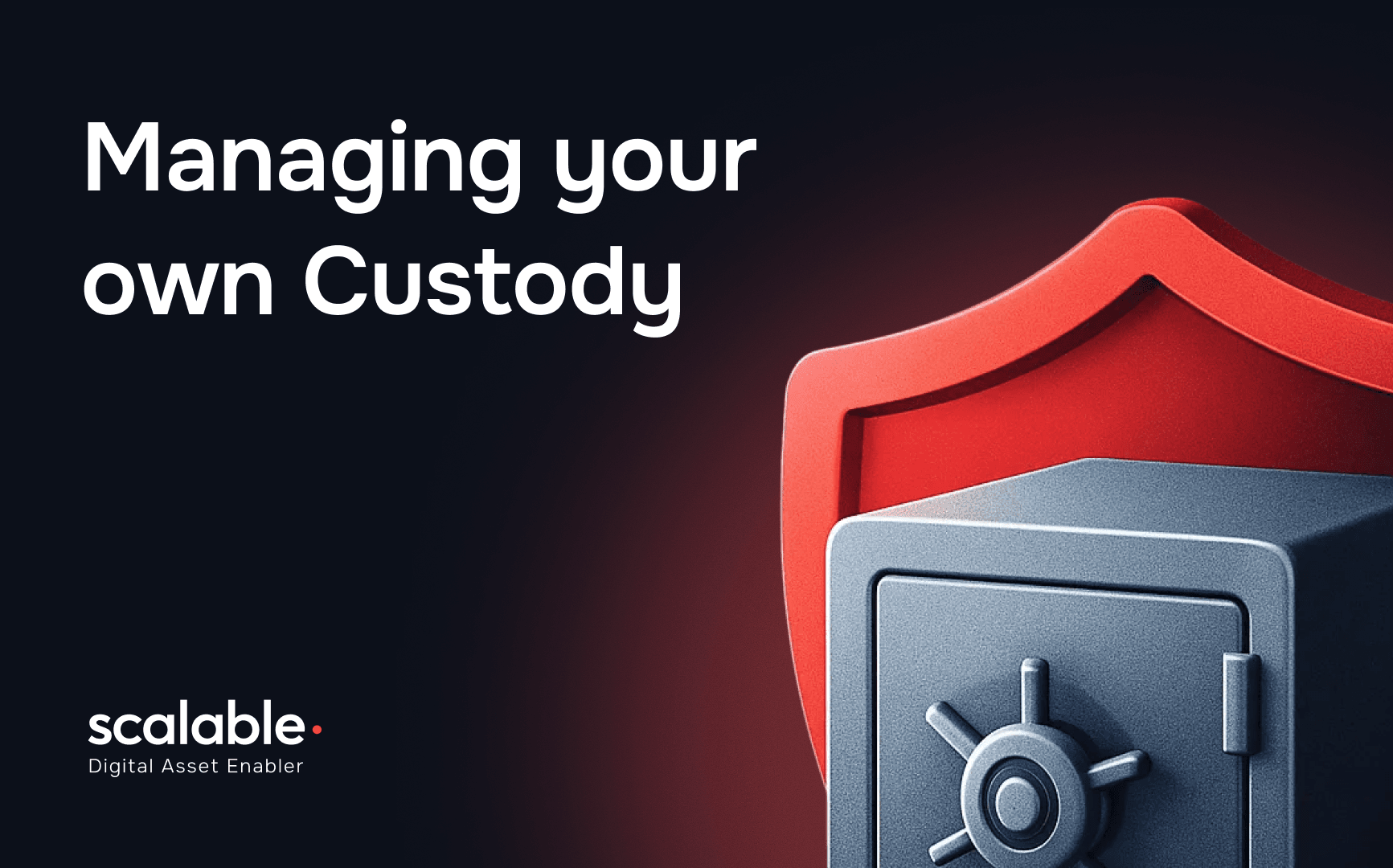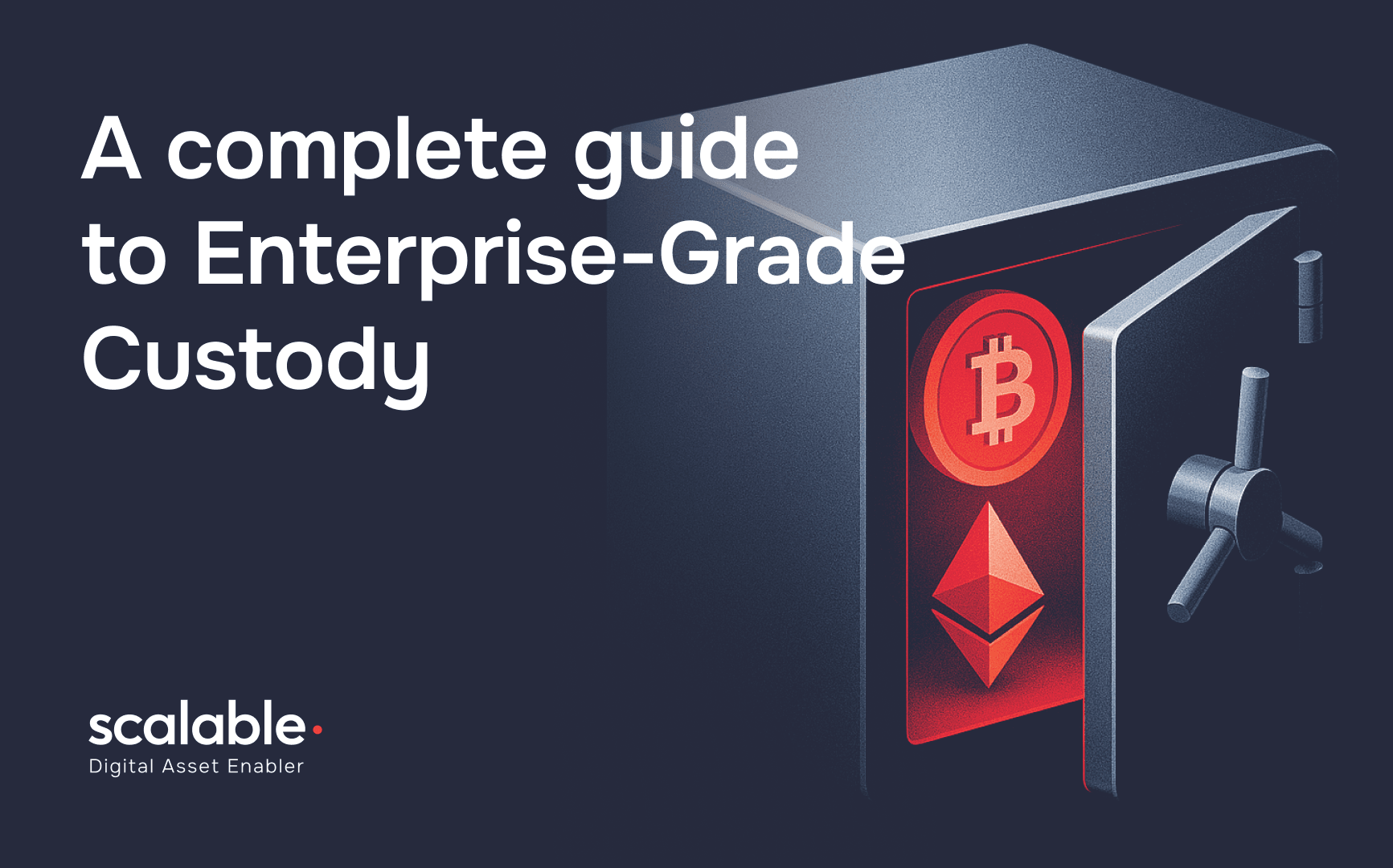The Operational Reality of Managing Your Own Custody

Executive Summary
Institutional digital asset infrastructure has shifted from passive storage to active operations. Let’s be honest about what "institutional custody" looks like for many firms today. It’s often a finance team passing around a Ledger device, or worse, a COO logging into Binance, Kraken, and Coinbase separately while manually updating a master spreadsheet.
Early market phases prioritized the secure generation and isolation of private keys ("cold storage"). The current market phase demands high-velocity operability: DeFi interaction, 24/7 global trading, and automated treasury management.
For C-level executives, the primary challenge is governance rather than cryptographic storage. While private key security remains a technical requirement, 90% of operational risk stems from policy definition, approval workflows, and liquidity management. This report analyzes the "Unified Operating System" (Unified OS) model, which aggregates assets across 15+ exchanges into a single audit-ready dashboard, and examines the Hybrid Security Model (MPC + HSM) as the standard for balancing transaction speed with defense-in-depth.
Real institutional custody isn't about buying a more expensive vault. It’s about killing the spreadsheet and replacing it with a Unified Operating System.
Operational Alpha: Turning Governance into Profit
There is a concept in modern finance called Operational Alpha - the idea that better infrastructure directly improves your P&L. In crypto, this comes down to your Policy Engine.
Think of the Policy Engine as a financial firewall. A standard firewall blocks malicious data packets; a Policy Engine blocks malicious financial intent. If you rely solely on private keys, you are trusting that the person holding the key never makes a mistake or gets comprised. That’s a bad bet.
A robust Policy Engine allows you to automate speed without sacrificing safety by enforcing logic like:
Velocity Limits: "Auto-approve withdrawals under 5 BTC, but freeze anything over 20 BTC per day." This limits the blast radius of any single compromise.1
Whitelisting: "Only allow transfers to these five specific counterparty addresses."
Quorums: "Any transfer over $1M requires approval from 3 out of 5 executives."
The Insight: When you trust the system (the Policy Engine) rather than the person (the key holder), you can move faster. You can auto-approve routine transactions, allowing your traders to capture arbitrage opportunities that manual approvers would miss.
The Liquidity Trap: Why You Need Aggregation
If you trade across 15 exchanges, your liquidity is fragmented. You might be long BTC on Kraken but short on Binance. Without a unified view, you might trigger a margin call on one exchange while sitting on a surplus on another.
A Unified OS solves this by connecting to all 15+ exchanges via API and presenting them on a single dashboard.
Smart Order Routing (SOR): Instead of manually checking where the price is best, the system splits your order across venues to get the best execution.2
Treasury Management: You see your global Net Asset Value (NAV) in real-time. This allows you to rebalance capital instantly, moving idle assets into yield-generating positions rather than letting them gather dust.
The Insight: The biggest cost for crypto institutions isn't transaction fees; it's the opportunity cost of idle capital scattered across fragmented silos. Aggregation fixes this.
Security: The Hybrid Model (Best of Both Worlds)
There is a long-standing debate between Multi-Party Computation (MPC) and Hardware Security Modules (HSM).
MPC splits the key into shards (like a horcrux). It’s fast and flexible because it's software-driven.
HSM locks the key in a tamper-proof physical box. It’s slow but incredibly secure and insurers love it.
The answer isn't one or the other; it's Hybrid. You use MPC for the operational agility - allowing you to sign transactions from your phone or laptop - but you store the "master shards" inside HSMs.
The Insight: This setup gives you the speed to trade high-frequency strategies while maintaining the FIPS 140-2 security certifications that your auditors and insurance providers demand.
The Build vs. Buy Trap
We often see tech-forward companies think, "We have great engineers; we'll build our own custody solution."
This is usually a mistake. Building a custody solution is 10% writing code and 90% maintenance.
Node Management: You have to run and patch nodes for every blockchain you support. When Ethereum upgrades or Solana forks, your team has to drop everything to fix it, or your operations halt.
Compliance is a Feature: A vendor solution comes with SOC 2 Type II reports and ISO 27001 certifications out of the box.4 Building that internal compliance framework takes years.
The Insight: Unless you are Coinbase, your competitive advantage is your trading strategy or your customer relationships, not your ability to patch a Bitcoin node at 3 AM. White-labeling a battle-tested infrastructure lets you focus on revenue, not maintenance.
Conclusion
Managing your own custody doesn't mean you have to hold the keys in a literal sense. It means you must hold the governance.
The winners in this space are moving away from passive "Cold Storage" (where assets sit uselessly in a vault) to "Active Governance" (where assets flow securely through policy engines). By adopting a Unified OS, you eliminate the spreadsheet risk, automate your compliance, and unlock the capital efficiency that comes with true visibility.
